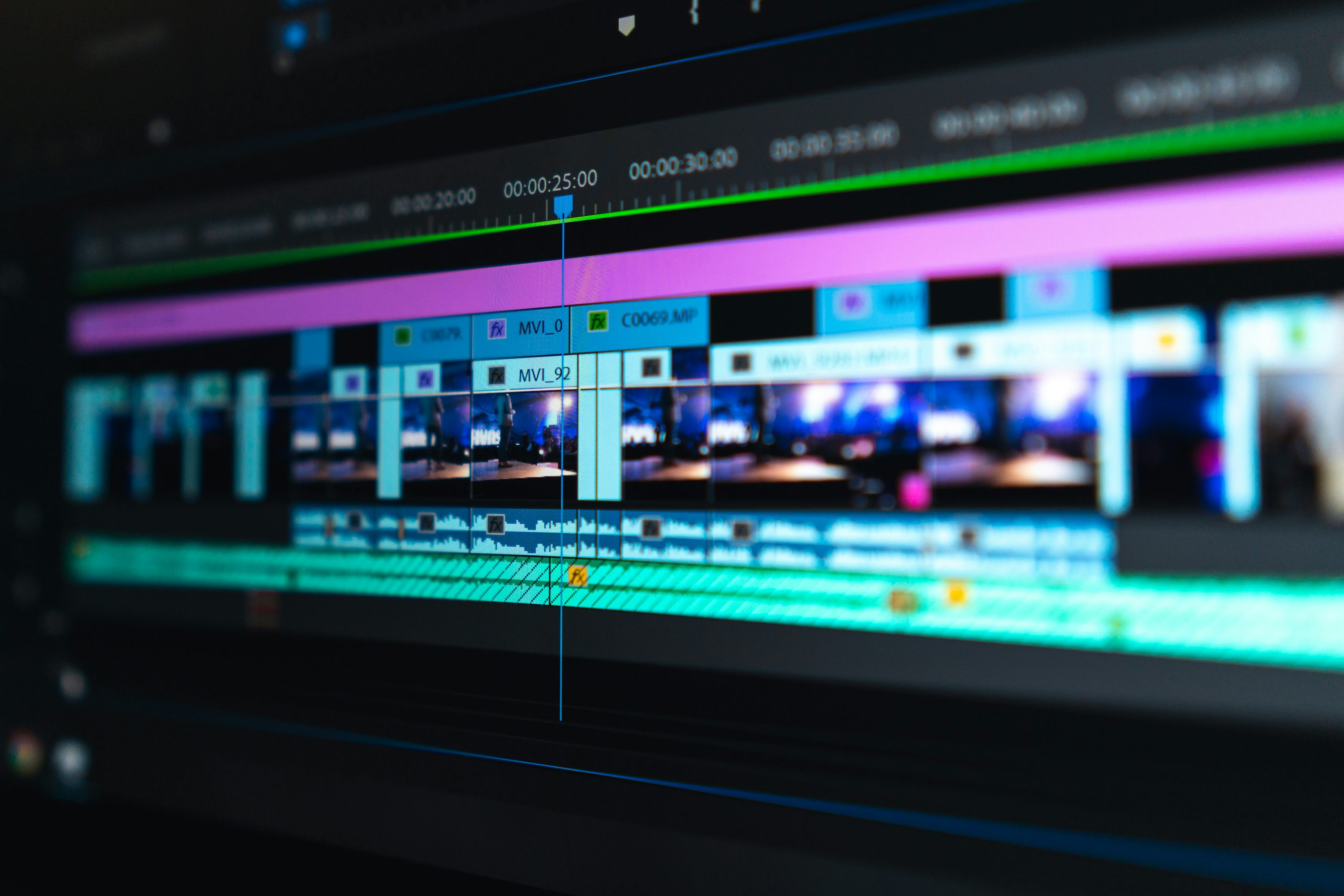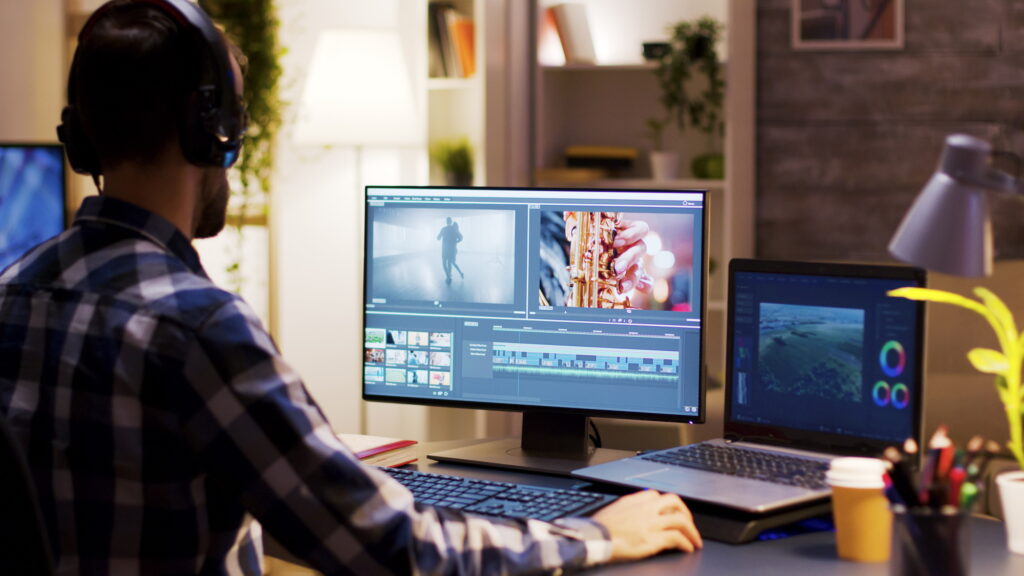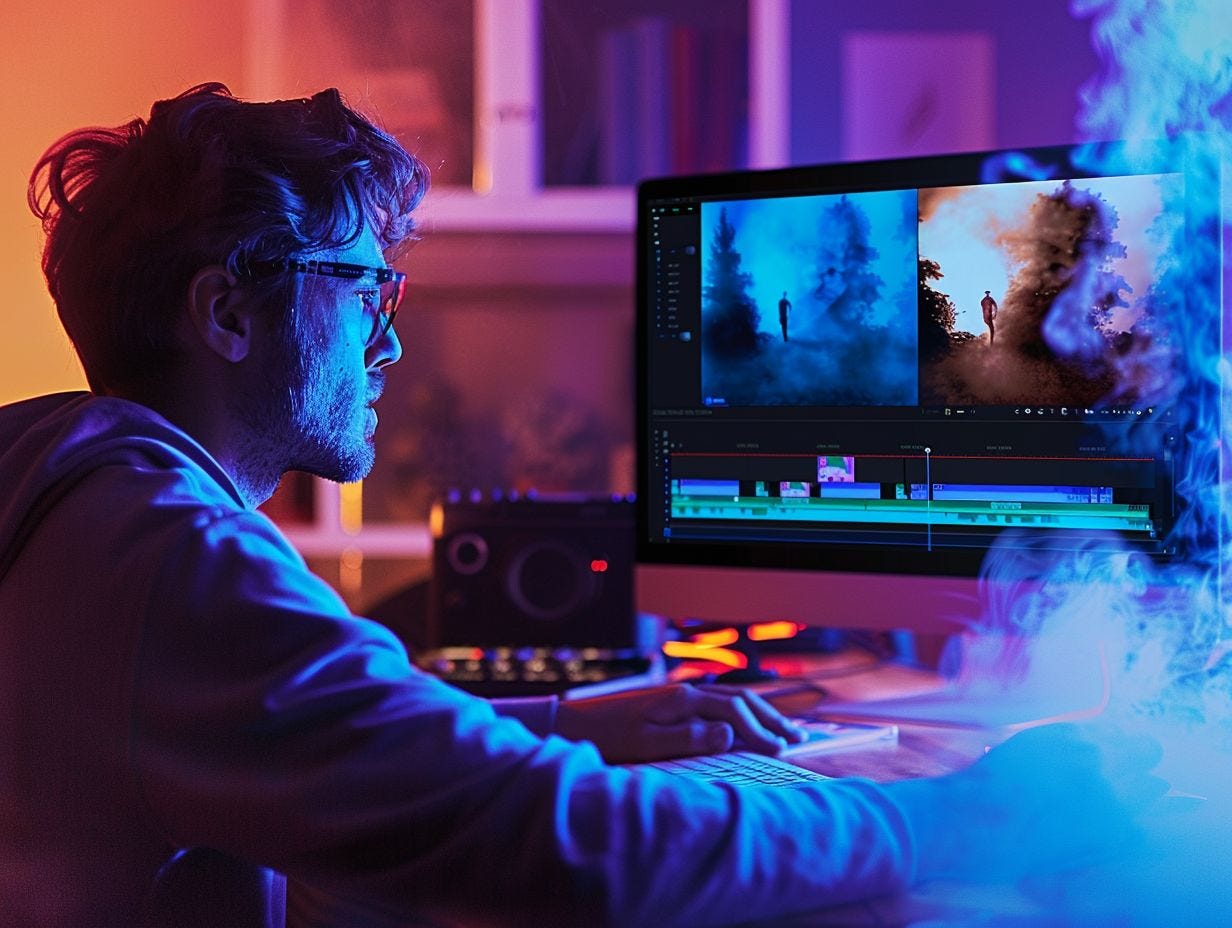Video editing is the art and technique of manipulating and rearranging video shots to create a new work. It’s the post-production process where raw footage is refined, enhanced, and shaped into a compelling visual narrative. Whether it's for films, advertisements, YouTube videos, documentaries, or social media content, video editing plays a critical role in storytelling and audience engagement.
At its core, video editing is more than just cutting clips—it’s about structure, flow, emotion, and clarity. A well-edited video can captivate viewers, build a strong connection, and deliver a message effectively. From transitions and effects to music, voiceovers, and color grading, every element is chosen and refined to support the story and keep the viewer engaged.
The video editing process typically begins with importing and organizing the footage. Editors work with raw video clips, audio tracks, graphics, and other media assets. This stage is crucial because clear organization saves time and ensures a smooth workflow. Editors often use metadata, tagging, and folders to sort scenes and takes.
Once organized, the editor creates a rough cut. This version includes selected clips arranged in the intended sequence. The focus here is on storytelling—determining the best angles, pacing, and shot order. At this stage, editors work closely with directors or content creators to ensure the vision is being met.
The next step is the fine cut, where precision is key. Editors adjust timing, trim unnecessary parts, and tighten the sequence to improve flow and engagement. This is also where audio editing comes into play—adding sound effects, music, voiceovers, and synchronizing dialogue. Good sound design enhances the mood and professionalism of the final product.
Color correction and color grading are vital to video editing. Color correction ensures consistency in brightness, contrast, and color tones across all shots. Grading goes a step further to give the video a particular look or mood. Whether it's a warm, nostalgic tone or a dark, dramatic feel, color grading can significantly impact the viewer's emotional response.
Modern video editing relies heavily on software tools. Programs like Adobe Premiere Pro, Final Cut Pro, DaVinci Resolve, and Sony Vegas Pro are industry standards. These platforms offer powerful features for cutting, layering, special effects, audio mixing, and exporting. For beginners and social media content creators, tools like iMovie and CapCut offer user-friendly interfaces and pre-set templates.
Another important aspect of video editing is motion graphics and visual effects (VFX). Editors may incorporate animated titles, lower thirds, intros, outros, or advanced VFX to enhance storytelling and professionalism. These elements are often created in software like Adobe After Effects and can turn a simple video into a visually dynamic piece of content.
Exporting the final project is the last phase, where editors render the video in a specific format suited to its platform—whether it’s YouTube, Instagram, television, or a film festival. Each platform has different requirements for resolution, aspect ratio, and file size, so understanding these technicalities is important.
Video editing also demands creativity, patience, and attention to detail. It’s not uncommon for editors to spend hours fine-tuning seconds of footage. But the effort is worth it—good editing can make an average video feel cinematic, while poor editing can ruin even the most beautifully shot footage.
In today’s digital age, video is one of the most consumed types of content, and editing is what makes video shine. It allows creators to communicate ideas effectively, entertain audiences, and influence behavior. From viral social media clips to professional films, editing is the behind-the-scenes magic that brings stories to life.
In conclusion, video editing is a crucial skill in the world of digital content creation. It’s a mix of art and technology, storytelling and precision. With the right tools, techniques, and creativity, editors transform raw material into powerful visual experiences that inform, inspire, and captivate audiences.


